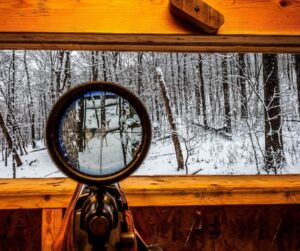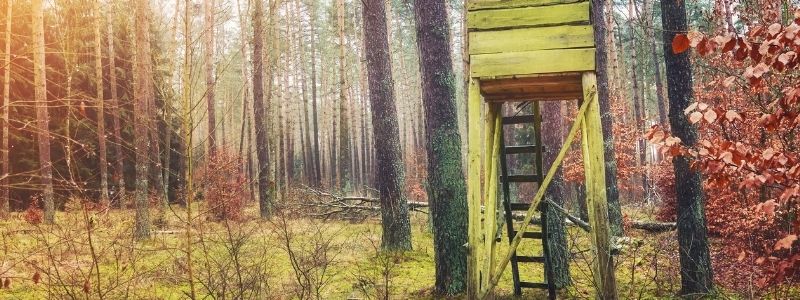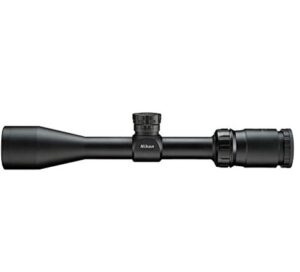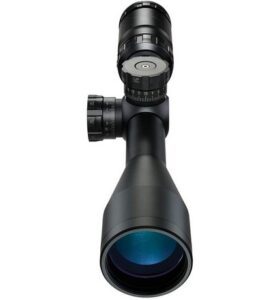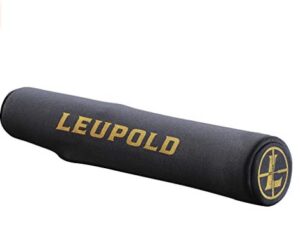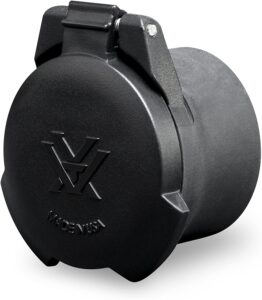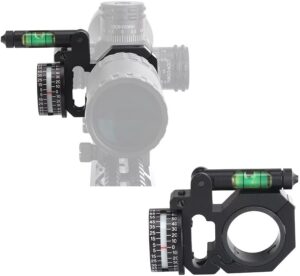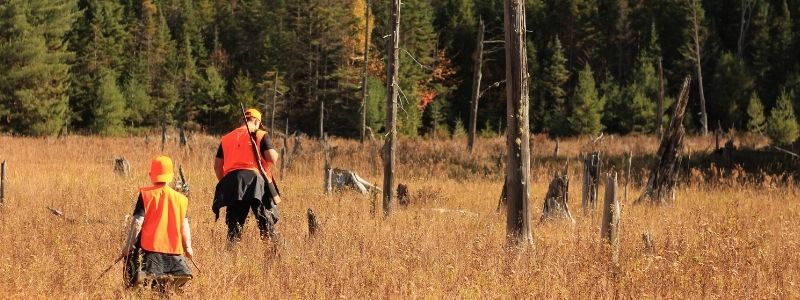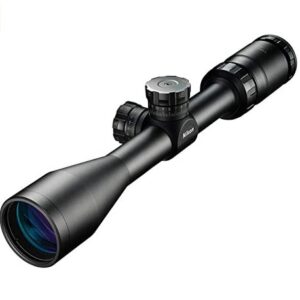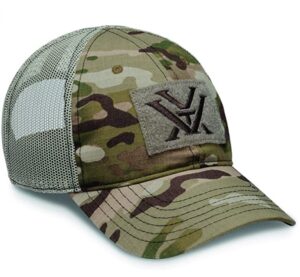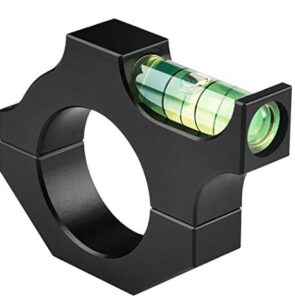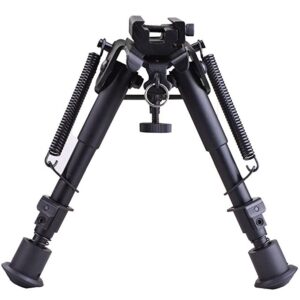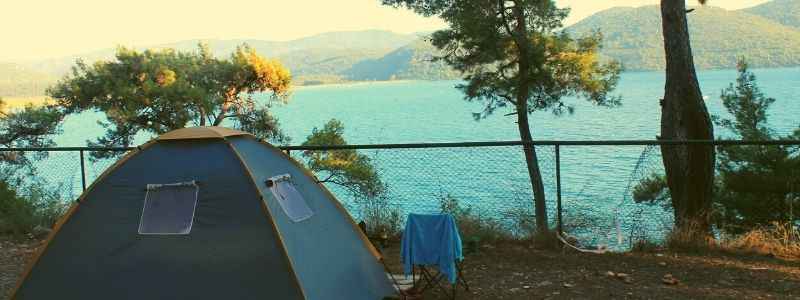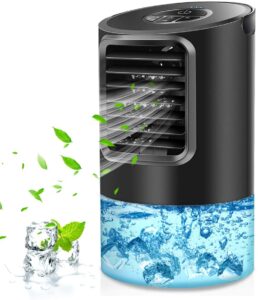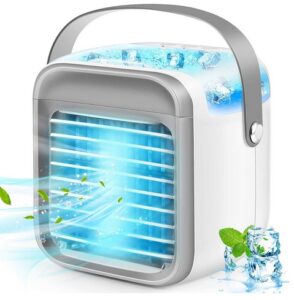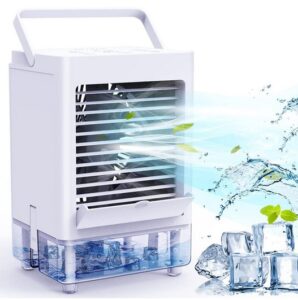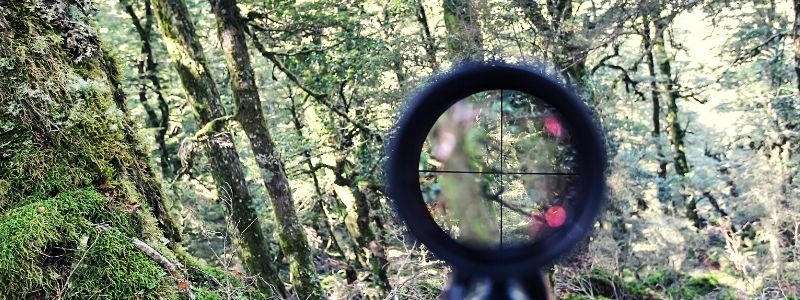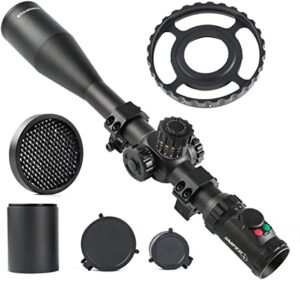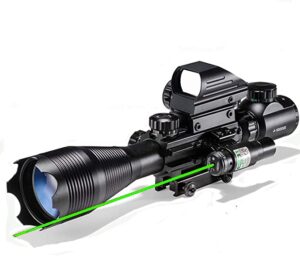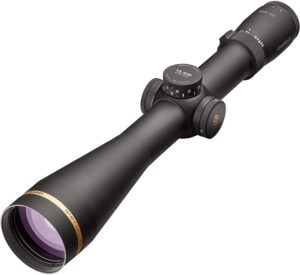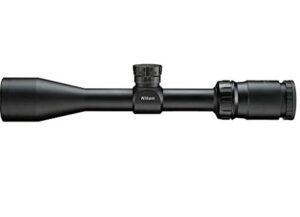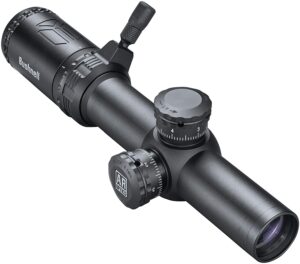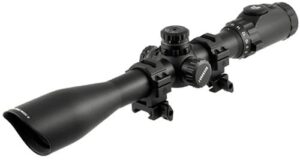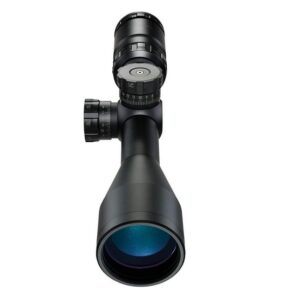An infectious trend has settled into the gear market lately. It seems you can’t buy a new piece of gear that isn’t labeled tactical. If you read our budget gear review covering Tactical Knives, you know that we classify products as either tactical or tacticool. Basically, there are items that look great, and there are items that perform great. Do you want an item that not only looks sharp but outperforms the competition? No worries, we’re gear freaks too, and we’re here to help.
Black designs, modular attachment systems, and morale patches won’t help you see in the dark. They’re cool, and we love them, but in this article, the focus will be a more practical subject: flashlights. From changing a tire on a rainy evening, to responding to a 911 call, to kicking in doors in hostile territory—darkness is a common enemy.
A flashlight (aka a torch) is not only a practical item, it’s most likely one of the most heavily utilized pieces of your kit. Distinguishing between a utilitarian flashlight and a tactical flashlight can be done by comparing their design, features, and intended use.
A hand-crank flashlight made of bright blue plastic might be a great piece of kit to have in your vehicle or home for emergencies—and in those circumstances, it’s a practical item—but would you want to take that same flashlight out to hunt coyotes in the dark? How about using that same flashlight in a home-defense scenario? Probably not.
The tactical flashlights you need to consider when buying:
More than likely you would be wishing for a rugged flashlight with a high-lumen output, maybe even one that would mount easily to a weapon—or better yet—a flashlight that could actually double as a weapon if you absolutely needed it to. Now we’re talking practical and tactical. Lock and load, let’s do this.
What to look for in a tactical flashlight?
Cost
Finding a tactical flashlight won’t be hard, but finding one that suits your budget could be. There are a lot of buzzwords in the tactical market—so it’s important as a buyer to know what makes a light worth buying. Due to a lack of standardization in the torch market, it’s not always easy to find an apples-to-apples comparison between products. Choose the products that has the right features for you.
Overall Quality
With a little design work, some rugged edges, and a coat of black paint, nearly any flashlight can be made to look badass. When searching for the right flashlight for you, make sure to check for overall build quality—things such as anodized aluminum, replaceable switches, and quality lighting components will matter far more than the model name of a flashlight or the fact that it’s got a built-in laser pointer.
Brightness
Look for the lumens. The easiest way to determine how much precious light your new torch will burn with is to look at: output in lumens, range, and beam style. Some flashlights have adjustable beams so you can focus the output. The range of the beam will matter most to folks who plan to use their light for long-distance work. The biggest output factor, and the one you’ll usually find plainly advertised on quality torches, is the output in lumens.
Weight
Whether you plan to slap a new tactical light on your weapon, stow it on a plate carrier, or add it to your duty belt, the weight of the new item is something work researching. Don’t pick an item that will slow you down, or add unnecessary risk to your tasks.
Size
There is a balance to be found between the size and power of a tactical flashlight. Too small, and the light may not pack enough punch through the dark—too large and the sight may weigh you down and make for a cumbersome piece of gear. Knowing exactly how much lighting power you need, and what size best suits your task will be of serious benefit to you as a buyer.
Power Options
Your new light will need a power source of some type. The lack of standards in the flashlight market can make this somewhat convoluted; however, if you keep in mind what is the most practical to your personal environment, it may help. If you find yourself around constant power sources, a rechargeable light that uses Lithium-Ion batteries could be an excellent option for you. For users who spend extended amounts of time in the field, a tactical flashlight that can get a lot of mileage from a pair of CR123A batteries may be more practical. Lights that use more traditional AA or even AAA batteries are also options to consider.
Top 5 Tactical Flashlight Recommendations
Safariland Tactical Flashlight
Safariland is a name known throughout the police and military world for making quality gear, especially holsters. It makes perfect sense that their offering in the tactical flashlight market would include with it a mounting system to be used with a weapon.
With an overall output of 190 lumens, Safariland Rls-1-2-PIC1 Rapid Light System Mount & Light is best suited as a weapon light; however, it does offer a very clean and ergonomic grip that lends easily to pocket carry. The RLS mount would even work with most other tactical flashlights out there. The compact RLS is powered by three AAA batteries, which keeps the profile of the flashlight small enough to use with a pistol—or to tuck the flashlight into your pocket.
Things We Liked
- Excellent RLS mounting system for pistol or Picatinny rail attaching
- Removable clip for pocket carry
- Useful as a flashlight or a weapon light
- Rugged compact design
- Extremely versatile
Things We Didn’t Like
- 190 lumen max may be insufficient for some users
- Flashlight may roll on flat surfaces if clip is removed
Olight Tactical Flashlight
If it’s the power you’re looking for, the Olight M22 Warrior brings it in droves. A highly efficient CREE XM-L2 LED blasts 950 lumens of white light at your target. A light this bright could easily be used for outdoor applications, long-range spotting, or even as a self-defense tool.
The M22 Warrior does have three output levels, so you’re not blinded if trying to use it to read something up close, and this torch even includes a strobe function. Knurled edges prevent the light from rolling when it’s placed on a flat surface, and the textured aircraft aluminum body provides plenty of grip.
The hearty design of Olight M22 Warrior makes it a devilishly tough device that could be used as a striking tool if necessary.
Things We Liked
- 950-lumen output
- Knurled edges prevent rolling
- Three brightness modes for different scenarios
- Strobe function
- Multi-function tail switch
- A thick bezel may be used for self-defense
Things We Didn’t Like
- Design may feel a bit cumbersome to some users
- Only three output modes
G2X Pro tactical flashlight
SureFire is another name that’s well known by police agencies worldwide. Their G2X Pro tactical flashlight is a powerful option packed into a Nitrolon body to maintain strength while remaining lightweight and corrosion-proof.
Users looking for a light that would fit well into duty gear, and could pull shifts as a flashlight or weaponlight, will certainly appreciate this light.
With two output modes (320 lumens on high and 15 lumens on low) you could use this to root around in your vehicle without blinding yourself—then seamless transition to illuminating your surroundings effortlessly.
SureFire uses a 123A battery to power this light, and according to their web site the batteries are included, after initial purchase you can find bulk packages of the 3v batteries easily on Amazon.
Things We Liked
- Nitrolon construction won’t corrode
- Virtually indestructible LED emitter
- Dual output modes
- Tail switch
- Made in the USA
- Beam shaped by a micro-textured reflector
Things We Didn’t Like
- Not waterproof
- Doesn’t include a pocket clip
The Fenix Tactical Flashlight
When it comes to having a practice piece of gear, you want something that can be used in as many different scenarios as possible. Of course, with flashlights, the worst-case scenario is when you click that switch and your light emits such a dull glow that you’d be better off carrying a candle to light the way.
The Fenix UC35 helps you not only kiss those days goodbye, but you could even turn around and give those days the middle finger as you stoke a 960-lumen fire with one hand. The UC35 gives you something many other flashlights cannot: options.
Powered by a single 18650 Li-ion battery, or a pair of 3v CR123A batteries, you can even charge the Fenix UC35 via USB when using the included 18650 Li-ion battery. With the option to power up with so many portable options ranging from stored power to USB in your vehicle, to solar-powered battery packs, the UC35 can be as ready as you are.
Things We Liked
- USB chargeable
- 960 lumen output
- Can use CR123A or 18650 Li-ion batteries
- Reverse polarity protection for batteries
- Anodized and textured aluminum body
- Pocket clip and holster included
- Five output intensities & strobe
Things We Didn’t Like
- Slightly bulky for pocket carry
- Turbo mode generates heat
Streamlight Handheld Flashlight
When you think of a tactical light, you think of something compact but powerful—something that can go to hell and back while still getting the job done. Streamlight’s ProTAC series is built to be a powerful, yet versatile tactical flashlight that rolls with the punches—but doesn’t roll when you set it down. Sorry, couldn’t resist the pun.
The C4 LED offers 600 lumens of lighting power, while the solid-state power regulation provides the maximum output throughout the life of your batteries. As we joked, this light has an anti-roll face cap to keep it from running away from you when set down on a flat surface.
It’s also waterproof, so using it in tough wet conditions shouldn’t be a bother. Powered by a pair of included CR123A batteries, this compact light is a workhorse just like 88040 Streamlight ProTac Professional Handheld Flashlight.
Things We Liked
- Compact design
- Two output modes (600 or 33 lumens)
- Up to 18 hours battery life on low
- Waterproof
- Great as a flashlight or weaponlight
- Included batteries, holster, and pocket clip
Things We Didn’t Like
- No filters available from the manufacturer
- No place to attach a lanyard
Final thoughts
When it comes to tactical flashlights or any gear for that matter, it can be a little tricky to figure out the best item for the best price; however, we want to offer up our most recommended item at the end of each Budget Gear Review so you can make the best purchase for your needs.
Our top recommended tactical flashlight is the Fenix UC35 for a whole host of reasons. First thing’s first, when you’re buying a tactical flashlight, you need power. With 960 lumens of blinding light, the UC35 delivers. You can scale it back by tapping the mode switch, so there is no need to click the light on and off a bunch of times just to land on different light output. Having five-light output modes ranging from 15 lumens all the way to 960, users can really extend their battery life by using an output that best suits each task.
Having a functional design and a ton of power are both excellent qualities in a flashlight, but the UC35 goes a step further and allows users to run their choice of an included 18650 Li-ion battery or CR123A’s in their Fenix torch. The included Li-ion battery is rechargeable and may be charged over USB with the included cable. With the abundance of USB charging ports available these days, it’s a no-brainer: get a flashlight that you can recharge anytime, anywhere, and you’ll be prepared for any situation that might need to be illuminated.
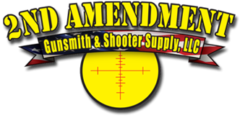
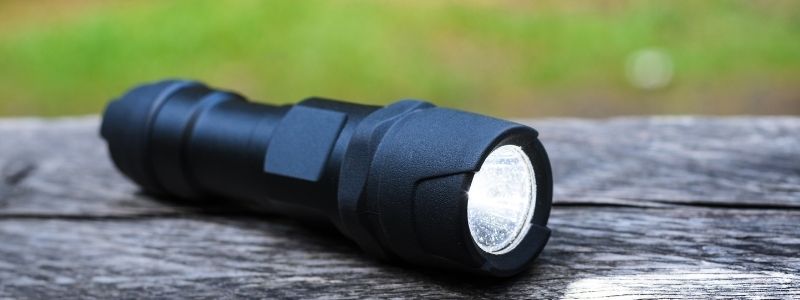
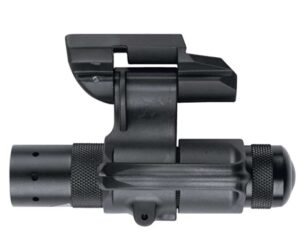
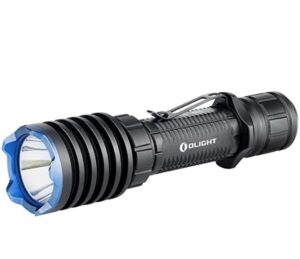
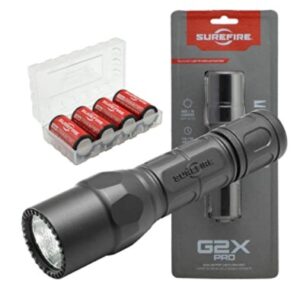
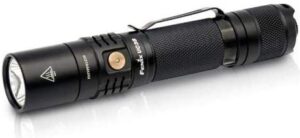
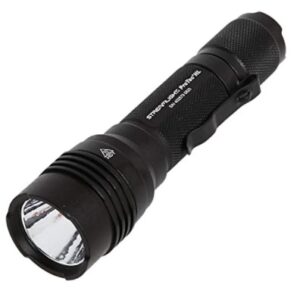
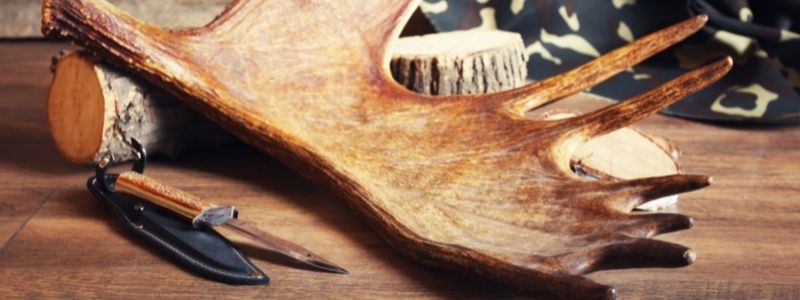
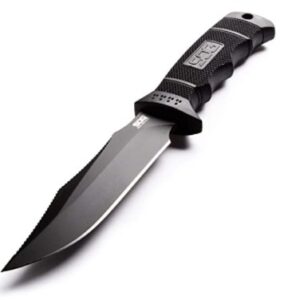
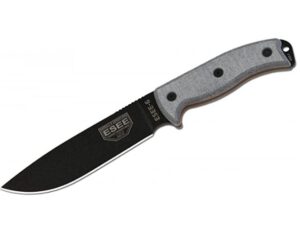
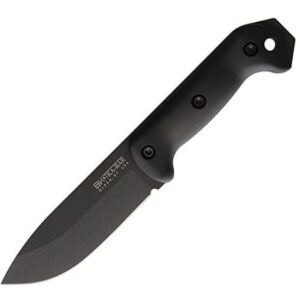
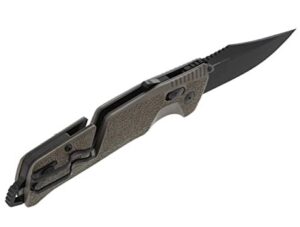
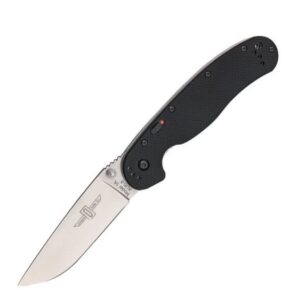
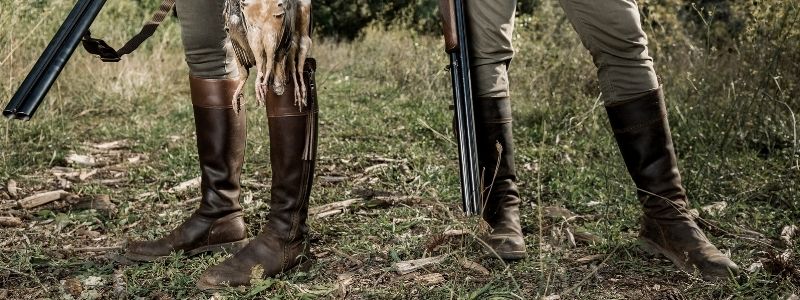
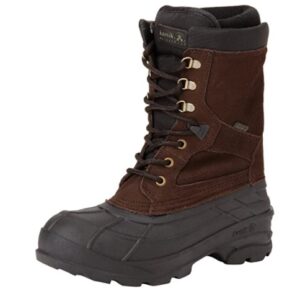
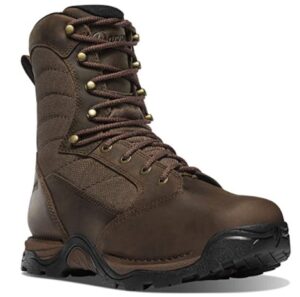
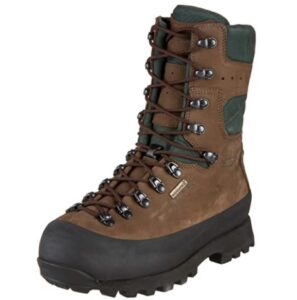
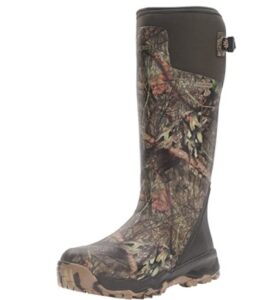
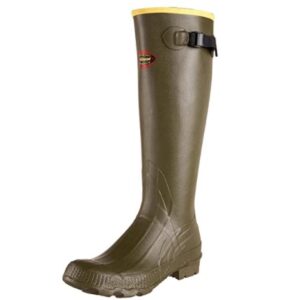

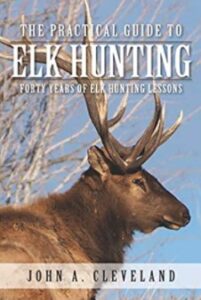
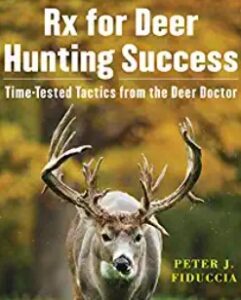
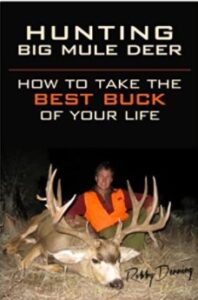
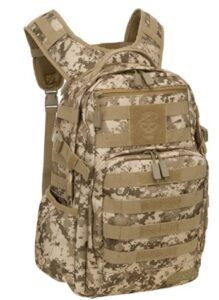
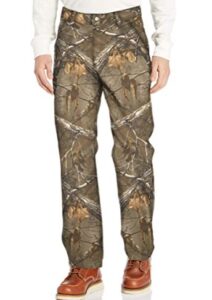 Right-leg attached mobile phone pocket, keeps you hands-free and phone close and protected. Tougher sewn-on-seam belt loops add protection from depreciation.
Right-leg attached mobile phone pocket, keeps you hands-free and phone close and protected. Tougher sewn-on-seam belt loops add protection from depreciation.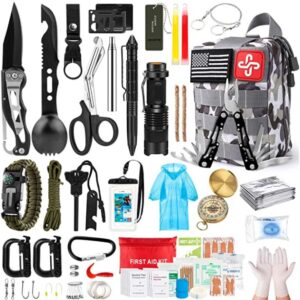 Get this specialized survival kit for yourself, friends or family, and enjoy the travel and adventure.
Get this specialized survival kit for yourself, friends or family, and enjoy the travel and adventure.
